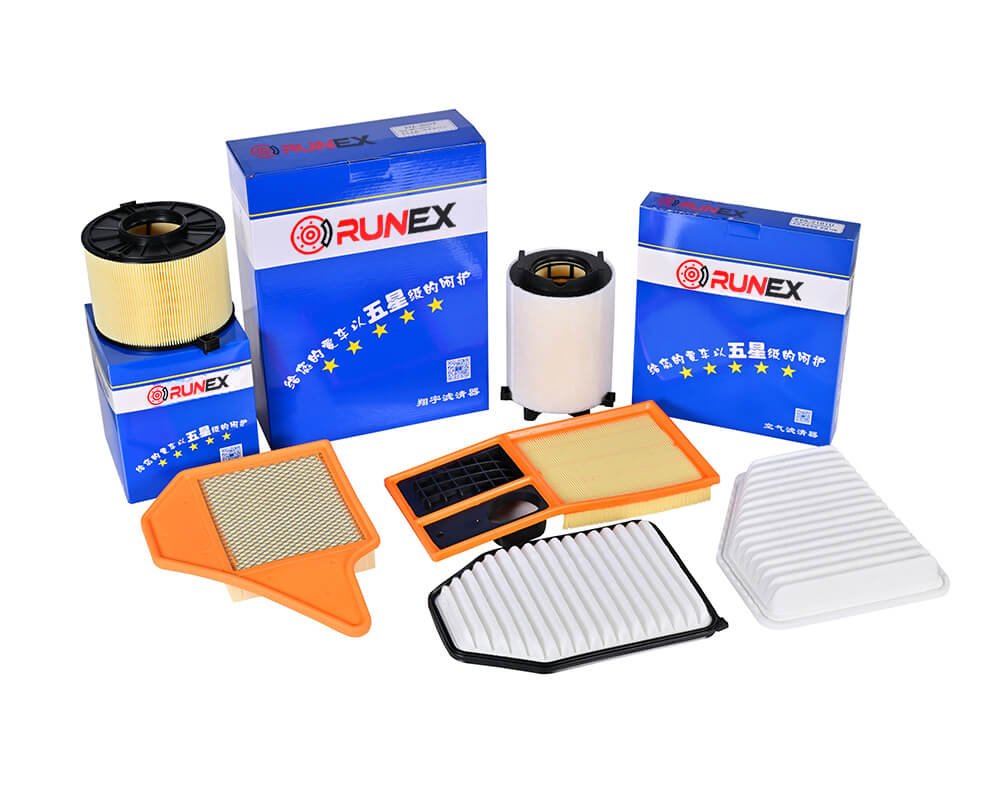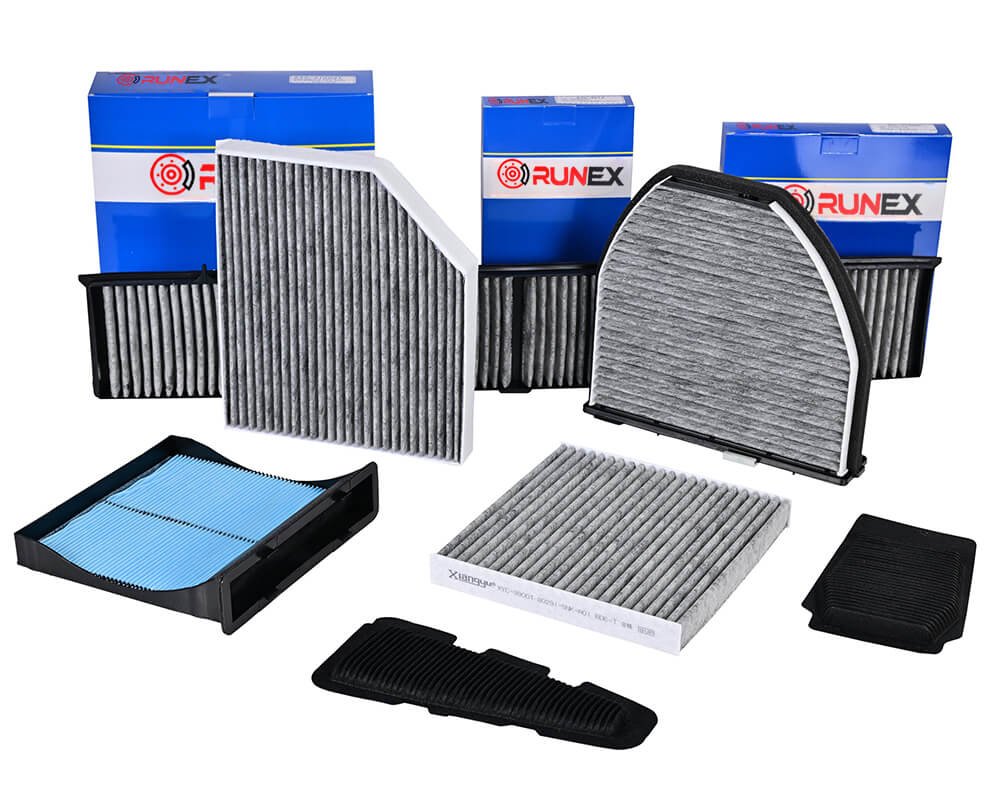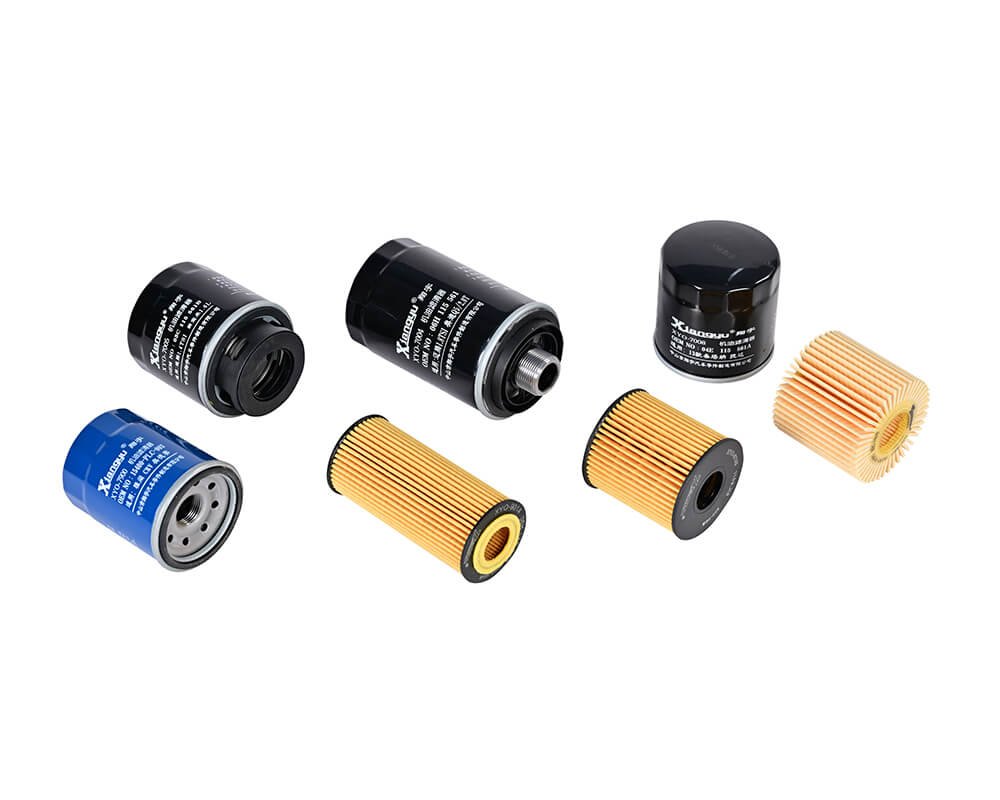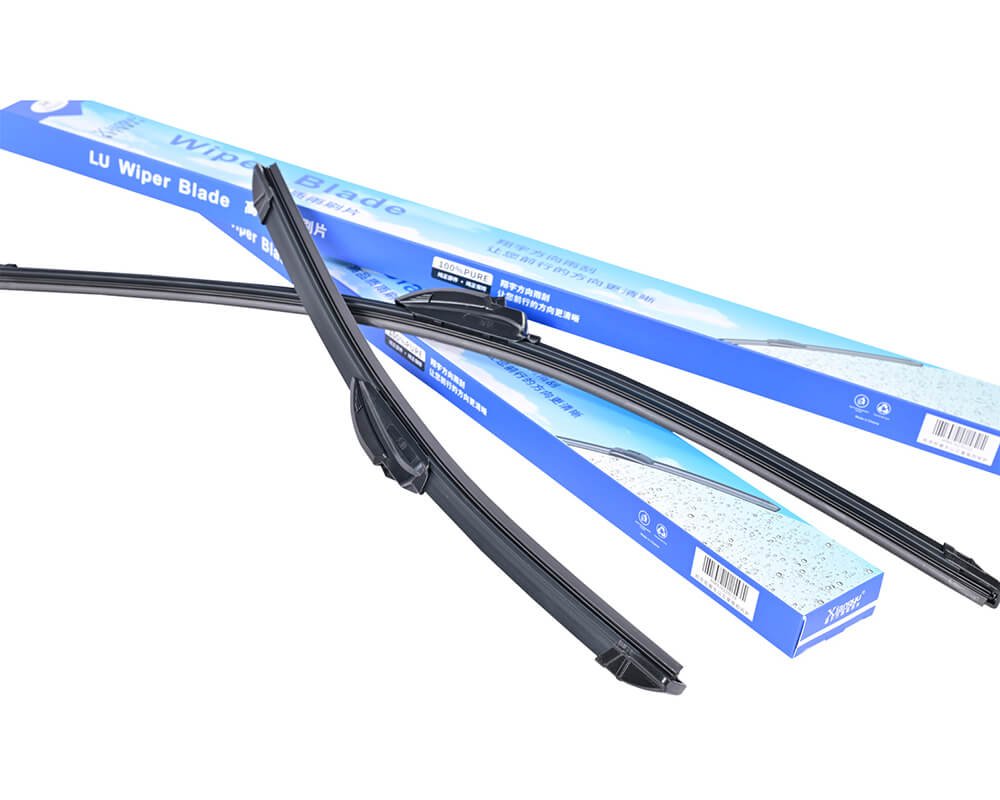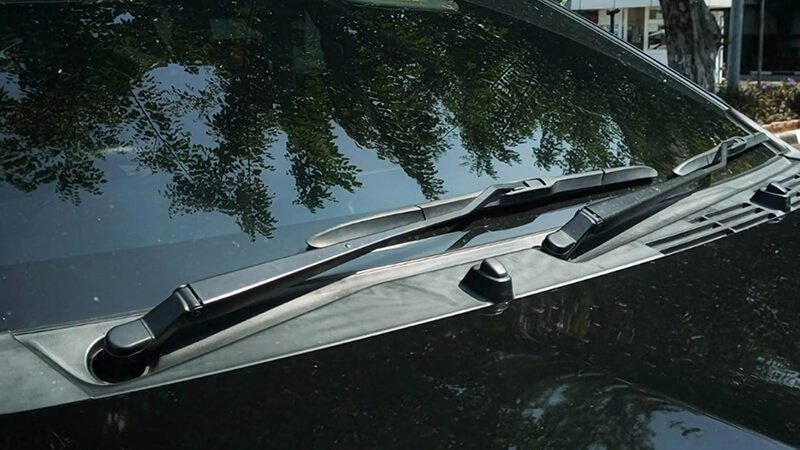The biggest cause of oil filter failure isn’t the filter itself—it's how it’s installed. Improper torque leads to leaks, stripped threads, or even cracked housings.
You should torque your oil filter just enough to seal, not crush. About ¾ turn past contact—or 13–17 ft-lbs—ensures leak-free, damage-free performance.
When customers call us about leaking oil filters, 9 out of 10 times it’s a torque issue. This small step—done right—makes a big difference. Let me walk you through what works and why.
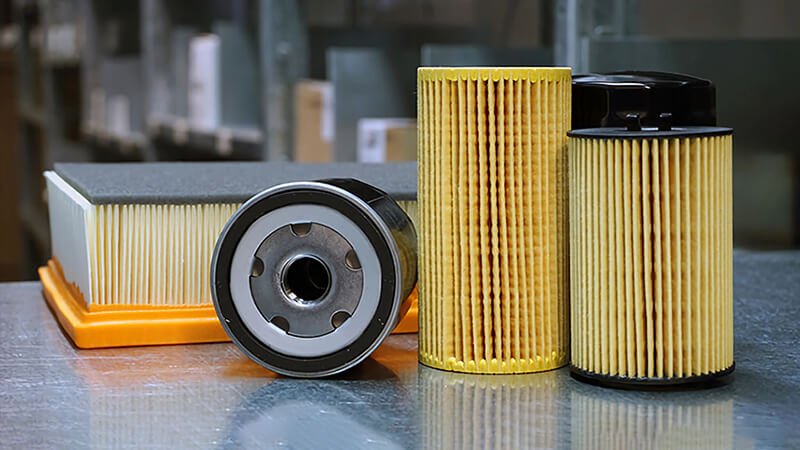
How much should I torque my oil filter?
Most mechanics overtighten filters to "play it safe." But that does more harm than good. It crushes gaskets, warps housings, and makes removal a nightmare.
The correct torque for most spin-on oil filters is about 13–17 ft-lbs. If you're going by feel, tighten by hand until the gasket touches the base, then go an additional ¾ turn.
Why torque matters
At Runex Auto, we precision-engineer our oil filters1 with a uniform gasket profile and optimal thread pitch. That means you don’t need to crank them down to prevent leaks.
Key Torque Ranges by Filter Type
| Filter Type | Torque Spec (ft-lb) | Notes |
|---|---|---|
| Spin-on Filter | 13–17 ft-lb | ¾ turn past contact |
| Cartridge with Cap | 18–25 ft-lb | Use torque wrench for housing |
| Magnetic Drain Plug | 20–25 ft-lb | Avoid overtightening threads |
We once had a UK distributor who kept cracking plastic filter housings. He assumed tighter was better. We sent him a batch of Runex filters with printed torque guides on the box and gave his team a 10-minute refresher. Returns fell by 40% within the quarter. He said it was a “game-changer for margins.” That’s the power of proper torque.

How to properly install an oil filter?
Many people think installing an oil filter is just spin-and-done. But it's more than that. Missing even one step can lead to leaks or engine damage.
To install a Runex Auto oil filter properly: lubricate the gasket, hand-tighten until seated, then torque ¾ turn further. Always check for double gaskets and use clean oil.
Step-by-step installation
At Runex, we design filters that make installation simple and secure—but best results come from following the basics.
Oil Filter Installation Checklist
-
Inspect the old gasket
Make sure it came off with the old filter. A double gasket causes instant failure. -
Lubricate the new gasket
Use clean oil. This reduces friction and ensures a proper seal without sticking. -
Hand-tighten until the gasket contacts the mounting base
Don’t rush this. Let the gasket compress evenly. -
Tighten an additional ¾ turn
If using a torque wrench, target 13–17 ft-lbs. -
Check after running the engine
Let the engine run for 2–3 minutes. Then inspect for leaks.
Our filters are tested to ISO 4548-12 standards2, meaning they meet and exceed OEM sealing performance. But even the best gasket won’t help if it’s crushed or dry. That’s why lubrication and measured torque matter.
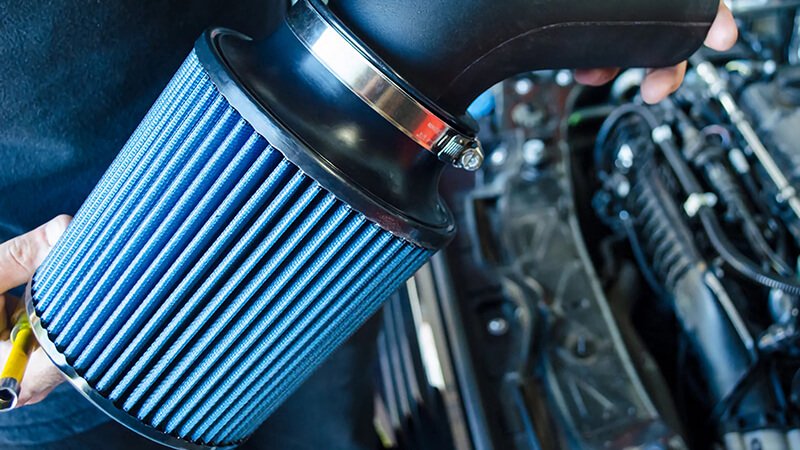
Should you preload an oil filter?
Some people believe preloading the filter with oil is mandatory. Others skip it altogether. So what’s right?
Preloading an oil filter is useful for larger filters or high-performance engines. But for most daily vehicles, it’s optional—what matters more is lubricating the gasket and sealing it correctly.
When preloading helps—and when it doesn't
At Runex Auto, our oil filters come pre-cleaned, ready for install. For smaller filters, pre-filling3 makes minimal difference. But in larger trucks or diesel engines, it can speed up oil pressure stabilization after startup.
When to preload:
- Yes: Large vertical filters, diesel engines, racing applications
- No: Small horizontal filters, hard-to-reach mounting angles
Why it's optional for most cars:
- Filters mount sideways or upside down, spilling preload oil
- Modern engines build oil pressure fast
- Proper gasket lubrication4 has a bigger impact on longevity
My habit:
I preload when it makes sense, but I always lubricate the gasket with fresh oil. That’s non-negotiable. A dry gasket leads to tears or sticking, and eventually leaks.
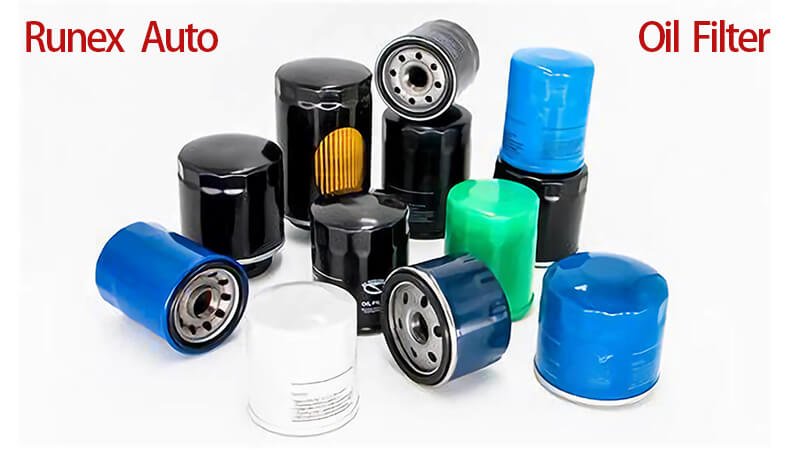
What is the torque specs for the oil filter plug?
Often overlooked, the oil filter drain plug (if present) also needs correct torque. Many filters, especially cartridge types, include drain plugs or caps that seal under pressure.
The typical torque spec for an oil filter plug is 18–25 ft-lbs. Always follow manufacturer specs, especially with plastic caps or aluminum threads.
Why over-tightening ruins plugs
We design our Runex filter housings and plugs with molded torque stops and metal reinforcements. This helps resist cross-threading and cracking. Still, torqueing too much can distort seals or crack caps.
Material Considerations
| Plug Type | Material | Recommended Torque |
|---|---|---|
| Plastic Drain Plug | Nylon/ABS | 18–21 ft-lb |
| Aluminum Plug | Cast Alloy | 20–25 ft-lb |
| Steel Drain Bolt | Carbon Steel | 25–30 ft-lb |
Our tips:
- Always use a torque wrench5 for plugs.
- Replace crush washers6 when applicable.
- Don’t use thread sealant unless specified.
- Tighten until snug, then just a little more.
Every Runex filter comes with a QR code that links to torque specs and a 60-second video guide. We want our partners and their technicians to get it right the first time—because bad installs cost time and money.

Conclusion
Oil filter7 torque isn’t just about tools—it’s about habits. Over-tightening filters and plugs leads to leaks, cracks, and returns. At Runex Auto, our filters are designed to seal properly with just a ¾ turn past contact. That’s it. Add gasket lubrication and attention to specs, and you’ll cut down on issues dramatically. Our clients who made these simple changes saw immediate results—in quality, customer satisfaction, and margins.
-
Exploring the role of oil filters can enhance your knowledge of engine maintenance and improve vehicle longevity. ↩
-
Learn about ISO 4548-12 standards to understand how they guarantee the quality and reliability of oil filters, ensuring optimal engine protection. ↩
-
Understanding pre-filling can enhance your oil change routine, ensuring better engine performance and longevity. ↩
-
Exploring gasket lubrication will help you prevent leaks and ensure a proper seal, crucial for engine health. ↩
-
Explore this link to find the best torque wrenches that ensure accurate tightening, preventing damage to plugs and seals. ↩
-
Learn about crush washers and their importance in sealing applications, ensuring optimal performance and preventing leaks. ↩
-
Find the best auto oil filter from Runex. ↩



